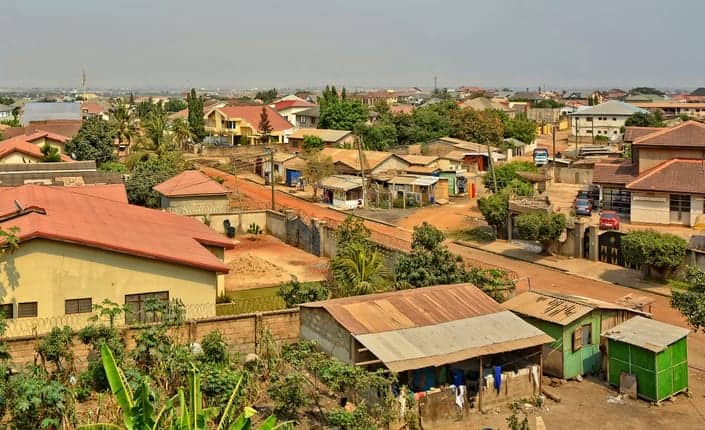The housing, settlements puzzle

What you need to know:
- The World Bank invests in an incredible amount of data, which is useful for development planning.
The World Bank invests in an incredible amount of data, which is useful for development planning.
It is an extremely useful, but thankless job. There are instances when political heavyweights think the data does not resonate with the choreography they want everyone to sing along with.
It will be recalled that during the time of President John Pombe Magufuli, the World Bank was forced to scale down its presence in Tanzania to the bare minimum necessary to keep its office operational without having to shut it down entirely.
Nevertheless, a World Bank report says that rapid urbanisation and an increasing number of slum dwellers have created a serious housing crisis in African cities. Capacity, policy and governance weaknesses coupled with a lack of inter-organisational collaboration for development solutions are hampering progress in urban settings.
In order to tackle these issues, new and focused approaches to affordable housing are required. Therefore, there is a need to re-examine current processes and policies to enable short and long-term solutions to the informal urban housing crisis in African cities.
This report is crucial for us, bearing in mind the challenges. Some reports suggest that Tanzania faces a shortage of up to 200,000 low-cost housing annually, and that figure is increasing. Our political economy has easily made Tanzania one of the most urbanised countries in Africa.
The transition from ujamaa villages to low-cost townships without the necessary social service amenities has resulted in the growth of slums.
Today, National Housing Corporation (NHC), despite its best efforts, continues to serve the moneyed upper class, and a small minority of middle-class Tanzanians who can afford houses priced at Sh50 million and above.
For argument’s sake, we can say any house that costs more than Sh5 million does not fit the “low cost” description to meet the needs and requirements of the majority whose incomes are generally low.
NHC does not do those houses with the exception of the Magomeni Flats project, which was politically motivated and executed.
Which brings us to the question: what is low-cost housing in Tanzania and, in view of our political trajectory and approach, do we all have the same understanding of housing and settlements despite the parent ministry bearing the name the “Ministry of Land, Housing and Settlements”?
Researcher and urban Planner Albert Nyiti and economist Mariam Genes have attempted to answer this question in their study, which has been adopted in the journal Iglus. They assert that nyumba (house) and makazi (settlement) being used interchangeably could be part of the reason there is no clarity in approaches of addressing adequate supply of housing.
In effect, Nyiti, an assistant researcher at Ardhi University, and Genes, who is pursuing her PhD in South Africa, say that our beautiful Swahili language may be contributing to this unknown factor when it comes to how all the actors in the housing sector perceive it.
“In Swahili, there is some controversy on how to properly interpret the terms ‘housing’ and ‘human settlements’. Housing is directly translated as ‘nyumba,’ while human settlements is translated as ‘makazi’ in Swahili. However, most Tanzanians use these two Swahili terms interchangeably to imply the same thing. Furthermore, ordinary Tanzanians use the Swahili word ‘nyumba’ to also denote ‘house, ‘shelter’ and ‘building’. This was vividly evidenced from the interviews conducted,” Nyiti and Genes say.
Dodoma is a perfect opportunity for us to draw a marker on using planning tools to ensure a livable environment not just for the rich and the government, but also for the urban poor.
Sadly, from available evidence, there is every reason to believe that what we are doing at Mtumba Government Village and Area C and D are in complete contrast to the areas around Railways and others where the urban poor are using local energies to build anything as long as they have a roof over their heads.
The study report by Nyiti and Genes needs to be contextualised by the relevant authorities so that it forms a body of knowledge for future beneficial references.
A forthcoming report by Habitat For Humanity Tanzania may help us move in the right direction.





